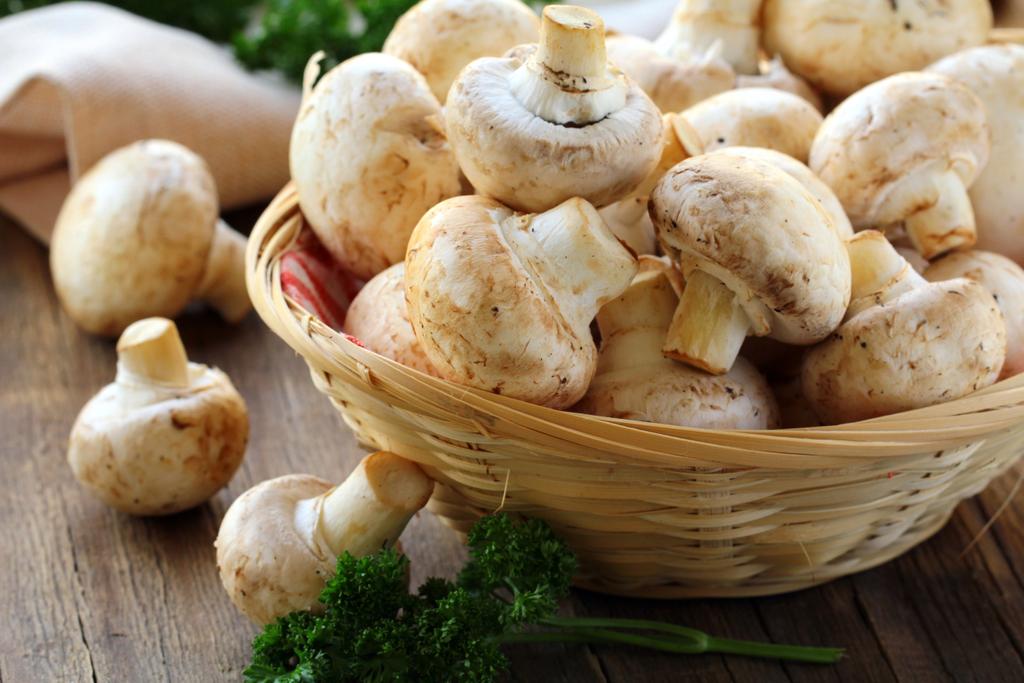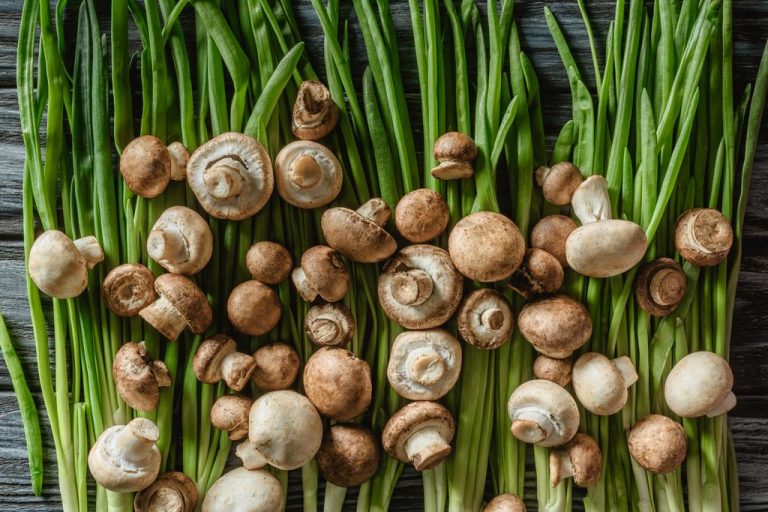Growing mushrooms – is that possible? In fact, it is not that difficult to grow your own mushrooms. We will explain to you which varieties and methods are best suited.
Growing mushrooms at home: why it’s a good idea
Mushrooms – which are not plants, by the way – are low in calories, but provide important nutrients. Most mushrooms are a relatively good source of protein and can also contain important ingredients such as the important nerve cell component potassium, B vitamins or iron and phosphorus. Mushrooms, for example, contain 91 percent water, potassium, phosphorus and vitamins B1 and B2.
In contrast to wild-collected mushrooms, you don’t have to worry about the fact that home-grown mushrooms are contaminated with heavy metals or radioactive. If you grow mushrooms yourself, you can harvest all year round.
When it comes to where they grow, mushrooms are undemanding. However, they prefer shady places to sunny ones. Many varieties, such as mushrooms, can even do without light, which is why you can even grow mushrooms in the basement. They don’t like direct sun that much because they dry out too quickly there. Some mushrooms depend on sufficient humidity, more about that in the next sections.
This is what you need to grow mushrooms
You don’t need much to start your mushroom cultivation. Essentially, there are two things: the fungus and a substrate.
You have two options when choosing the mushroom: Either you only buy the mushroom culture, the so-called mushroom mycelium. Or you buy a mushroom culture kit, where everything you need is already prepared. Making a mushroom culture yourself is quite difficult for you as a hobby mushroom grower, so you will probably have to buy it. Ready-made sets also have an advantage: the substrate is usually already penetrated by the fungal tissue, so that the fungus very quickly begins to form its fruiting body, i.e. the part that we eat. That’s why you already have the first harvest successes after three to five weeks.
Choosing the substrate is easier. Ordinary residual products are used here. For example, you can use the following as a substrate for growing mushrooms:
coffee grounds
straw
sawdust
wood (untreated and unvarnished)
tree stumps
Make sure the substrate is as clean as possible. Because mushroom cultivation needs a lot of moisture, which in turn promotes the growth of germs or mold. If in doubt, you can treat your substrate with steam over 60 degrees Celsius. This kills germs and unwanted fungal spores.
You can fill the substrate in a bucket, pot or box, for example. Depending on the location you choose, a mushroom grow bag may also come in handy. It prevents the mushrooms from drying out. Mushroom growing bags are used in particular when your chosen location is very dry. You can buy together with the mushroom cultures.
Grow mushrooms yourself: This is how you start your mushroom cultivation
Once you have the mushroom culture and substrate together, you can get started. With these tips you will succeed in growing mushrooms:
Before you put the mushroom culture in the substrate, water the substrate and then let it drain. It should be damp but not soaking wet.
Also make sure that the humidity in the area is high. 80 to 95 percent relative humidity is ideal. The basement, bathroom or kitchen are probably best suited here. If you don’t have a room with high humidity, you can support the growth of your mushrooms with a mushroom grow bag or indoor greenhouse.
Make sure the temperature is right: Mushrooms like a warm, humid climate, so the temperature should be between ten and 25 degrees Celsius. But it is worth taking a look at the packaging of your mushroom culture. This often indicates a temperature window.
Mix the mushroom culture under the substrate and fill it in a bucket or box. The layer should be a few centimeters thick.
Now it’s time to keep wet and wait. Check daily that your substrate is still damp. It is best to moisten it with a spray bottle. Be careful not to let the water stand in it and always use fresh tap water – otherwise mold can form here too.
If you only work with a mushroom culture, it will take a few weeks for the mycelium, i.e. the subterranean networks of your mushroom, to develop. Only then does the fruiting body form.
When the mushrooms are the size you want, you can harvest them. The best way to do this is to cut them off with a clean knife.
As a rule, a mushroom culture will sprout three to four times after you have harvested it. In between, she always needs a few days off.

